
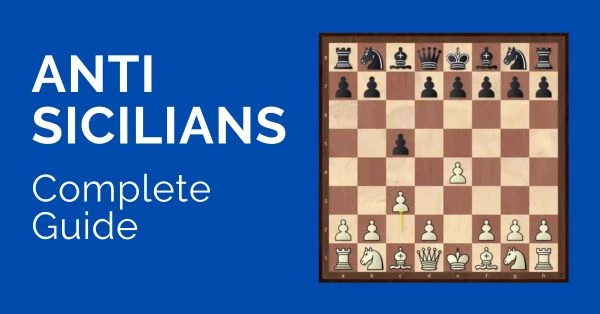
Chess players are always looking for favorable, easy-to-understand, and easy-to-play openings. But in the openings like 1.e4 there are so many different structures that it is not easy to choose such a system. In the midst of this, we have the Sicilian Defense which you can categorize as a separate opening by itself. A typical Sicilian player has tons of experience in his pet lines. You can bypass this by playing the Anti-Sicilians.
These are openings that avoid the Open Sicilians and divert the game to lines that are more familiar to you. In a way, the aim is to take out the experience factor from the equation.
This article will show you the various Anti Sicilians and help you choose one.
Alapin Sicilian
The c3 Sicilian or ‘Alapin’ Sicilian starts out with the moves:
1.e4 c5 2.c3
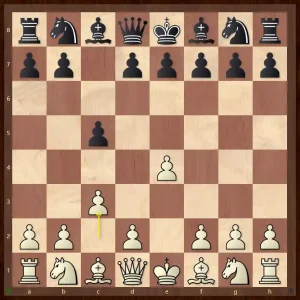
The Alapin Sicilian is one of the most played Anti-Sicilians in amateur games. Even Master level players use it to outplay lower-rated players or shut down the game if the need arises.
The idea of this opening is simple. White uses an additional pawn move (2.c3) to build the ideal center (e4 and d4). The catch is that if White employs a similar idea against 2.e5 Black can equalize easily. However, things are not so straightforward in the Sicilian. Black needs to know what he is doing.
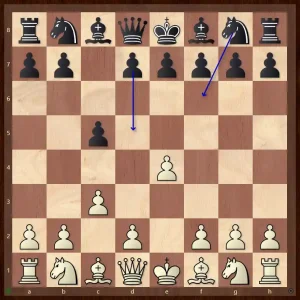
There are two main moves that Black can play in this position.
The first option is to play 2..d5 to fight for the center. The ensuing middlegames feature the IQP. If you are comfortable with playing IQP positions then the c3 Sicilian is a great choice for you.
The Second option is 2..Nf6. Black calmly develops a piece and attacks White’s center. This move exploits one of the consequences of move 2.c3, i.e. White cannot play the natural 2.Nc3 to defend the e4 pawn now. But White can push forward with 3.e5 and we get a complex middlegame position. The crux of the position is that Black wants to prove that White’s center is overextended, while White argues that he has Space and a mass of central pawns.
In the following game, Alexander Alekhine plays the Alapin with this signature energy. The important theme in this game is the standard d4-d5 break in IQP positions.
Alexander Alekhine vs Jiri Podgorny, Prague 1943
Morra Gambit
The Morra gambit is an aggressive opening. But it is slightly dubious if Black knows the correct lines. However, that is far from given in amateur games, so you can use this opening to score some quick beautiful victories.
The Morra Gambit starts with the moves:
1.e4 c5 2.d4 cxd4 3.c3
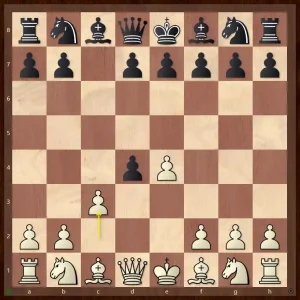
In the Morra White gambits a pawn for a lead in development and a quick attack. Black should be alert as to not fall into the many traps in this opening.
The typical positions of the pieces in the Morra Gambit are as follows:
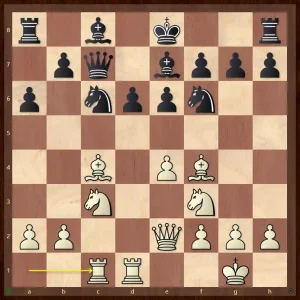
The pieces come out to harmonious squares and White enjoys good attacking prospects.
Usually, White sacrifices another piece or pawn to get the initiative and a dangerous position. The positions are so critical that Black can lose if he makes a slight mistake.
In the following game, White employs a typical Sacrifice in the Morra Gambit: a Piece Sacrifice on e6.
Jorge Devecchi vs Nicolas Przymusinski, France 2003
Closed Sicilian
This is an easy-to-learn opening that White can employ against the Sicilian Defense. It doesn’t engage Black immediately but aims to fight after you put pieces in optimal positions.
However, the downside is that Black can quickly counter in the center and fight for equality.
The closed Sicilian starts with the moves:
1.e4 c5 2.Nc3
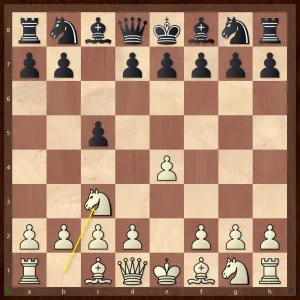
In the Closed Sicilian the tempo of play is slow. Both sides maneuver pieces and probe the opponent’s position. If you like calm positions with strategic thinking then the Closed Sicilian is a great Anti Sicilian for you.
The standard setup for pieces in the Closed Sicilian is as follows:
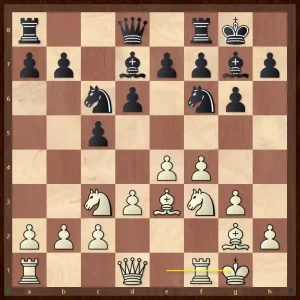
As you can see from the setup Black is planning a build of pieces on the Queenside whereas White plans to expand on the Kingside. Both sides should also be on the lookout for any favorable central breaks.
In the following game, both sides abstain from central play and focus their play on the flanks. Later White manages to gain momentum and strikes back in the center to overwhelm Black’s defenses.
Nigel Short vs Hannes Stefansson, Reykjavik 2002
Rossolimo Sicilian
The Rossolimo nowadays has the reputation of being the ‘other’ mainline of the Sicilian Defense.
It starts with the moves:
1.e4 c5 2. Nf3 Nc6 3.Bb5
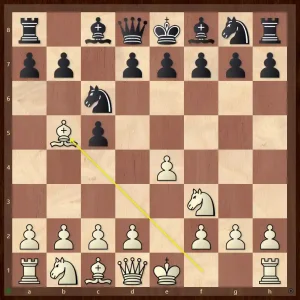
With the move 3.Bb5 White defers opening the center for now and instead emphasizes piece play.
The idea behind Bb5 is to develop the Kingside as quickly as possible and go for Kingside castling. This is a natural way to play for White, as seen in 1.e4 e5 structures.
White does not yet commit to a particular setup in the center. The main plan is to play c3 followed by d4. However this opening is not limited to this structure but in fact has a wide range of central structures, depending on the key choices to be made in the next couple of moves.
After a few moves, White faces an important decision. It is to whether to capture the knight on c6 or not. White almost always captures the Knight and introduces imbalances into the position. It is Black’s two Bishops vs better pawn structure and active pieces for White.
The following game shows the typical ideas for both sides in the mainline Sicilian Rossolimo.
Arkadij Naiditsch vs Almira Skripchenko, Germany 2007
Grand Prix Attack
The Grand Prix Attack starts with the moves:
1.e4 c5 2. Nc3 d6 3.f4

With the move 3.f4 White shows his intentions right from the start. The Grand Prix is an evergreen opening in club player games as it offers prospects of a decisive attack and Black has many ways to go wrong.
Typical ideas for White are the f5 break and the Queen manoeuver Qd1-Qe1-Qh4
This is a signature move for this opening. The idea is to maneuver the Queen to the kingside. Often White will sacrifice a pawn to open lines and the Exchange Sacrifice on f6 is a common tactical device to weaken Black’s defenses.
The f5 break attacks Black’s Kingside pawn structure and also opens the line for the Bishop on c1.
Black has ways to defend against this attack but from practice, it is known that is not easy to defend.
In the following game, we see White carrying a typical Grand Prix attack with all the standard ideas.
Fabiano Caruana vs Boris Gelfand, Moscow 2010
Conclusion
As you have seen the Anti Sicilians offer a great variety of choices to players. You can choose anyone you like and learn it deeply. This will be a good practical choice and help you get a fighting game against the Sicilian Defense.
https://thechessworld.com/store/product/anti-sicilian-manual-for-white-with-fm-milan-popovic/
Discover more from reviewer4you.com
Subscribe to get the latest posts to your email.



![Top 5 Most Shocking Chess Openings! [TRAPS Included]](https://reviewer4you.com/wp-content/uploads/2024/11/5-RARE-Chess-Openings-That-Are-Actually-GOOD.webp-336x220.webp)

